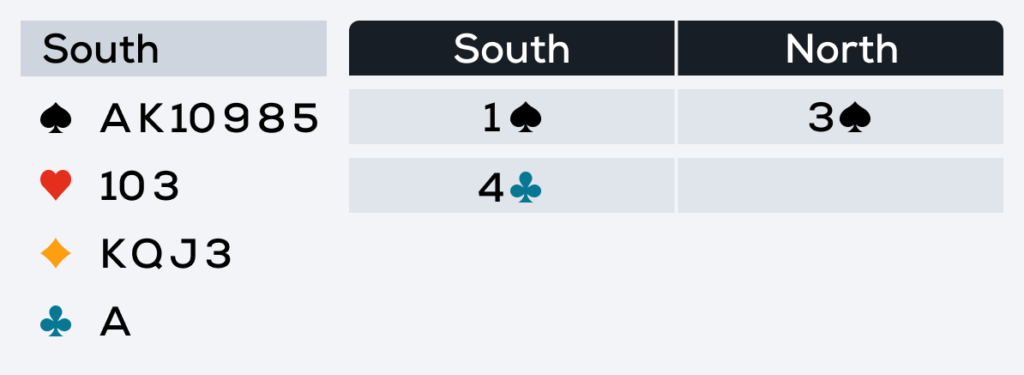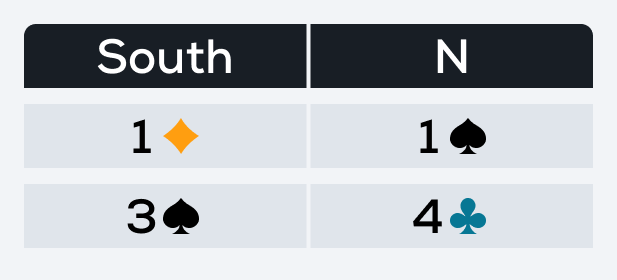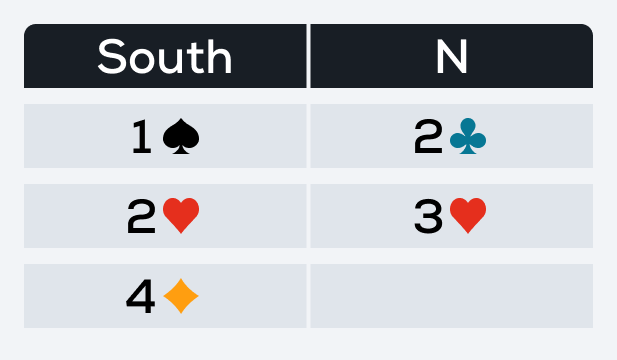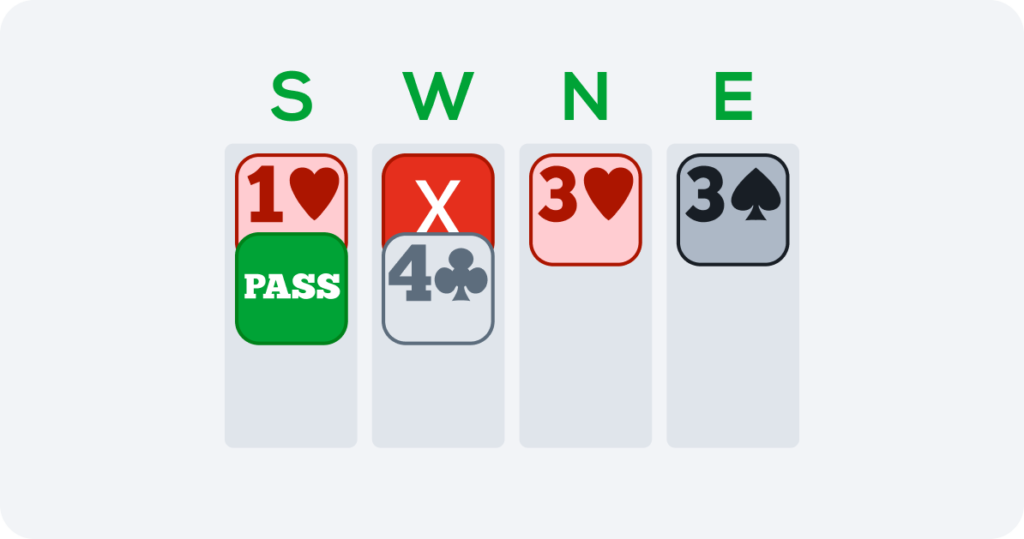
The mechanism of controls

You are in the slam zone. When and how should you initiate the process of showing controls? In the classical system, the first bid that shows a control denies any control in the suits that could have been bid below. Here we propose a new approach, adopted by all the best players. It involves acquiring additional tools and in particular using the bid of 3NT, previously left unemployed.
1. Foreword
This type of article is written for players who can be considered advanced beginners and who should follow the French teaching method and French standard system (SEF), but also for everybody else who wants to learn more about the French bidding system. I happen, quite frequently, to deviate from the SEF, but you are always alerted when I do. The deviations that I suggest all conform to a concern for improvement, without seeking to impose tedious memory efforts and even trying to simplify them.
In a course for advanced players, one rule conditions the initiation of control-showing bids:
Rule: In the standard system, bidding the first control denies a control (or controls) in the lower suits.
In the sequence:

4♦️ denies a control in Clubs. Therefore, as corollary, a Heart cue-bid by (4♥️) confirms the existence of a control in Clubs. This system follows a certain logic – I practiced it in the 1980s – but it is unfortunately neither efficient nor competitive. Let’s look at the following sequence, where South holds as dealer:

As a good soldier, South, who considers bidding a slam, initiates the process of control bids by saying 4♣ and, when he hears 4♦️- Ace or singleton – he still hasn’t solved his only problem which is the Heart control before asking for keycards with 4NT. And, above all, he has no way to ask for this control, except if he (and his partner!) knows a very sophisticated bid, a jump to 5♠, used precisely to ask this question, with a risk of ending up in an inglorious 6 Spade contract opposite ♠J764 ♥️KQ92 ♦️4 ♣Q1073.
For the time being, remember this: initiating the process of control bids by systematically bidding the most economical control can start the sequence on the wrong track.
2. Control-showing bids
A. Some definitions
1) A control-showing bid always imposes that game will be played. It must not be confused with a bid showing a stopper or a natural bid.
Examples :

Shows a Heart stopper on the way to 3No-trump.

Initiates controls.

Natural game try.
2) A control is defined as the certainty of not losing the first two tricks in the named suit. A doubleton or tripleton King is a control, even if it can be played through on the opening lead. The honor controls are Ace and King, controls by shortness are voids or singletons. An Ace or void is a “first-round” control; if the defense plays the suit, you can win the first round. A King or a singleton is a “second-round” control. Example:
Example :

4♦️ can be either the Ace or King, void or singleton.
3) A control-showing bid usually follows the discovery of a fit.



There are, however, situations of anticipated controls, “before signing off ”.
Example:

Control in Clubs, agrees Hearts as trumps. There is no doubt here – South has described a balanced hand, so the 4♣ bid cannot be natural and this control-showing bid also confirms four-card support in Hearts in an economic fashion, below game. Three-card support on the other hand can be shown with 3♠ over 3♥️, leaving enough space for control-showing bids if wanted.
On the other hand, in a sequence like:

There is a doubt, 4♣ may be a natural bid.
My advice? Follow this principle:
When there is a doubt between a control-showing bid and a natural bid, you must start by interpreting the bid as natural.
B. Two essential principles
Hold your breath. Everything will be enacted in a few lines.
You need a Funbridge Premium+ subscription to keep reading.
Please log in with a valid Premium+ account to access the full article by Alain Lévy.



